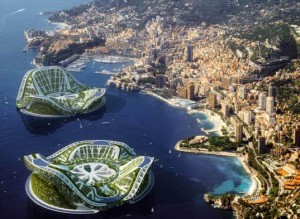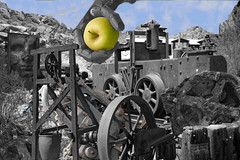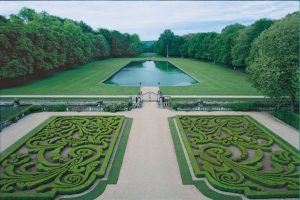
The Landscape Institute has some policies. There are two of them. One is about Brownfield Skills and the other about Climate Change. So far as I know, neither are major areas of professional employment for landscape architects. My recommendation is that unless and until the LI comes up with something better the Landscape Institute should pluck up its courage and publish the policies which Alan Tate and I helped put together in 1995. They are only 13 years old. As the Credit Crunch evolves into the Recession, the LI should do some good for the environment – and help its members expand their areas of operations. Nothing venture – nothing gain.
The 17.10.08 issue of Vista (‘News, views and analysis from the Landscape Institute’) has an interesting report on how the Town and Country Planning Association (TCPA) ‘has thrown down the gauntlet to developers and planners with its ambitious new eco-town worksheet on green infrastructure’. I hope this creates lots of work – but who will do it? There is also a report on Northala Fields ‘ a revolutionary new park development in Ealing’ designed by artist Peter Fink with architect Igor Marko of FoRM Associates. The item does not say who the landscape architects were.
The LI ‘Position Statement’ on Climate Change suggests more Green Infrastructure might help a little and gives the following examples: street trees, hedgerows, pocket parks, cemeteries, small woodland, city parks, green networks, forest parks, lakes, rights of way, regional parks, rivers and floodplains, long distance trails, reservoirs. The document would sound better if called a ‘Policy Statement’ but even then I doubt if the networks would be clamoring to interview the LI President. The examples of projects are a little better but surely none of them were initiated to combat global warming.





